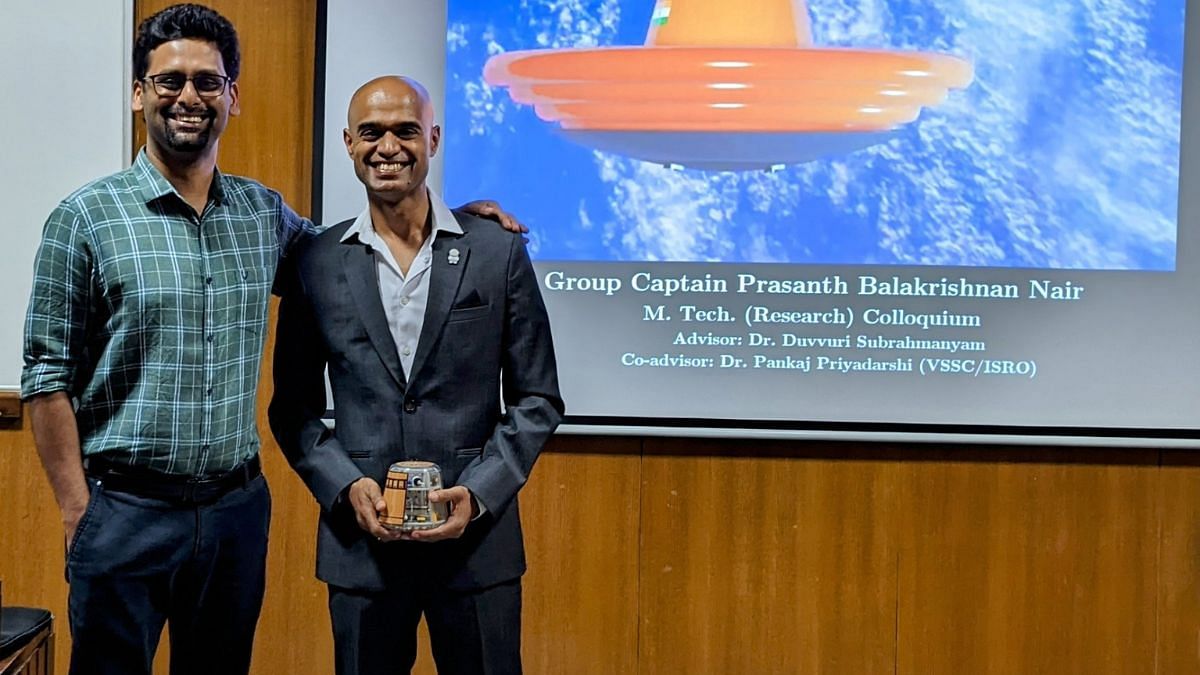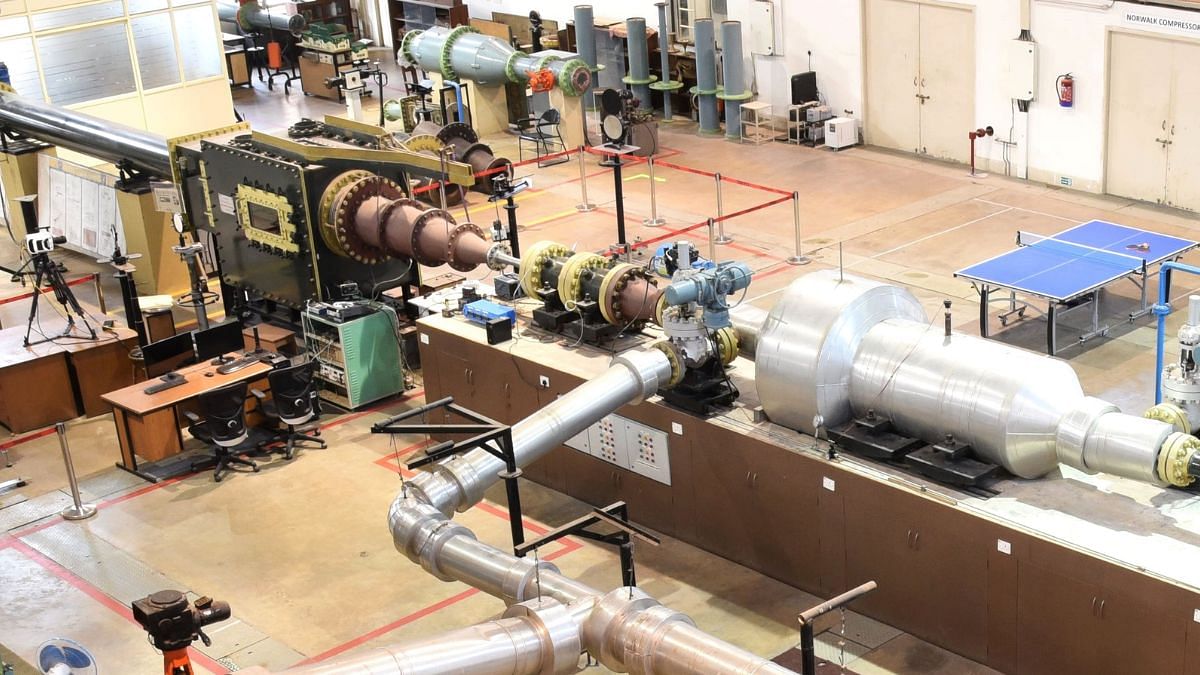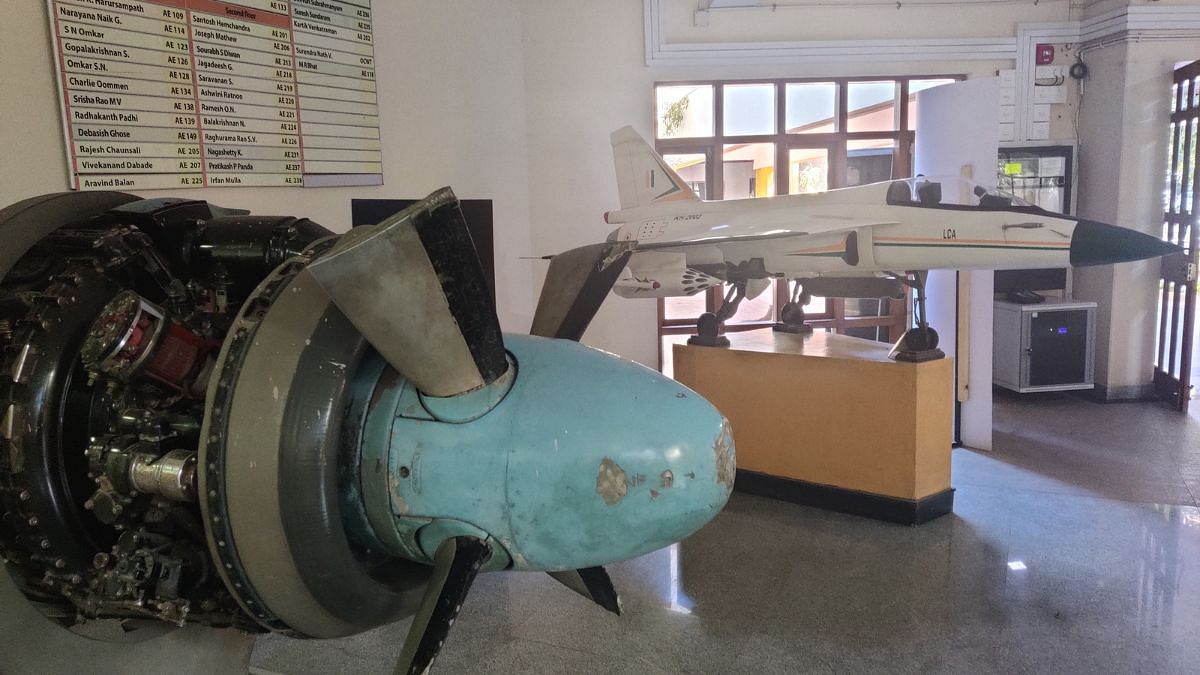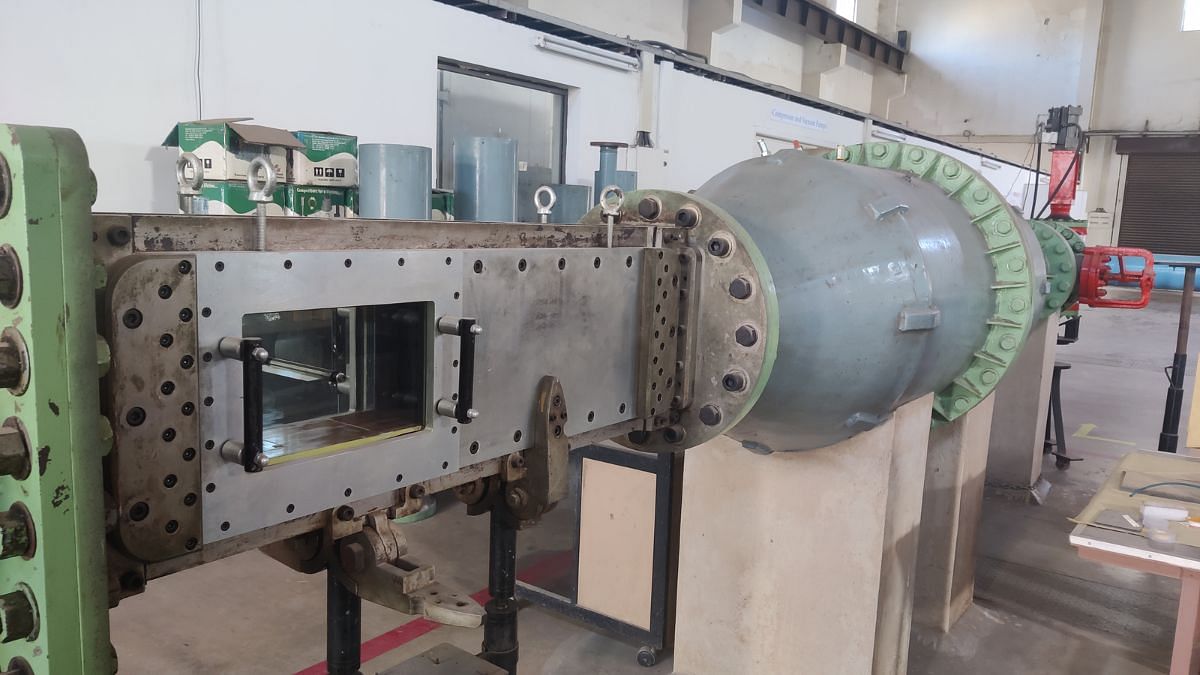Bengaluru: Aerospace engineering professor Duvvuri Subrahmanyam was waiting for Indian-origin NASA astronaut Sunita Williams and her colleague Butch Wilmore to finally splash down back to Earth.
The technology of bringing humans back from space makes even the best in the business—NASA, Roscosmos and SpaceX—sweat. Williams and Wilmore were on the International Space Station for nine months, after at least three attempts to get them back failed.
But scientists from IISc and ISRO seem to have cracked the code. A balloon-like device that opens in the front can make the entry of a spacecraft back into Earth smoother, safer and more controlled. What sets it apart from the present systems is that it would be ideal for a time when untrained civilians travel to space. It’s still in the concept phase, but if approved and scaled up, the technology opens the door to space tourism in India.
And the man behind the design is the astronaut designate Prasanth Nair, one of the astronauts on India’s first human spaceflight Gaganyaan in 2026.
The design could potentially revolutionise India’s future human spaceflights

“Human spaceflights are the future. The world is looking to colonise the Moon and Mars, and other planets might follow. So we need technologies where space travel becomes as routine as air travel,” said Subrahmanyam, who works out of the Indian Institute of Science (IISc), Bengaluru.
But when Nair came to him with his still-nascent idea, Subrahmanyam knew that the road ahead would be challenging. Hypersonic speeds, atmospheric friction, overheating and radiation are just some of the moving parts. As the initial idea evolved, the concept design had to be tested, retested, and tested again.
After all, unlike any other space experiment, the lives of astronauts are at stake. Subrahmanyam is proud of the outcome of their experiments.
The design could potentially revolutionise India’s future human spaceflights, he said. Astronauts will be safer and more comfortable.
“For every other aspect of a space flight, errors can be accommodated to some extent. But when dealing with astronauts’ lives inside a crew module, you have to get it absolutely right,” he said.
Nair initially designed the Inflatable Aerodynamic Decelerators for Atmospheric Re-entry or IAD as part of his MTech thesis at IISc under Subrahmanyam’s guidance.
But as his thesis took shape in the IISc lab, it held the promise of a unique system that could significantly improve the safety of space modules when re-entering the Earth’s atmosphere.
While countries have been experimenting with various aspects of space technology, atmospheric re-entry has been one of the most challenging aspects of human spaceflight.
Spacecraft moves at hypersonic speeds—much faster than the speed of sound. During this process, immense heat and pressure are generated due to the friction between air molecules and the reentry module. The challenge is to control these conditions while ensuring the craft and its dwellers are safe. One wrong move could blow up the craft and everyone inside.
Blasting off into space is comparatively easy. “Anyone can do that,” Subrahmanyam. Splashing down safely is the tricky part. “If this concept is developed into a workable technology, it will make space re-entry significantly smoother.”

Technology
Until a few months ago, group captain Nair—or PBN as Subrahmanyam likes to call him—was a regular at the Roddam Narasimha Hypersonic Wind Tunnel on the lush green IISc campus. He stood on the same ground where Satish Dhawan, one of the pioneers of India’s space programme and mastered his space projects.
When Nair was not sweating it out at the astronaut training centres, shuttling between Bengaluru and Moscow—where a large part of Gaganyaan training happened—he was toiling in the labs testing his design on the wind tunnels and computer simulations for his landing system.
For nearly a year, Subrahmanyam and his lab staff would work weekends to support Nair’s work.

His colleagues at IISc remember him juggling his passion project with his call of duty with a smile. The result of Nair’s toil was the inflatable decelerator, or the IAD, designed to significantly reduce decelerating G-forces. This means that with this device, a spacecraft will be able to re-enter Earth’s atmosphere more smoothly, with better control. The physics is simple.
“Imagine a car moving at a high speed and sudden brakes are applied. The passengers experience a sudden jerk, which can push you out of your seats,” Subrahmanyam said.
When a spacecraft re-enters the Earth’s atmosphere, a similar principle applies, but with a much greater impact. While fighter pilots are trained to bear such high impact, for a civilian, this would have debilitating effects.
By 2030, Indians will be able to suit up, board a rocket ship, and launch into space. All for a price of six crore.
Currently, the crew module design being used for the crewed Gaganyaan mission broadly follows the classic re-entry capsule design that the NASA Mercury project module used in early US space missions, and Russia’s Soyuz programme, which began in the 1960s.
Project Mercury was the first human spaceflight programme in the United States, operating from 1958 to 1963.
This design generates a lot of aerodynamic drag—the force that opposes the motion of an object through air—as it enters the Earth’s atmosphere to slow it down.
With the IAD, the lift-to-drag ratio of the craft can be significantly altered by changing its centre of gravity. This allows for a controlled descent trajectory. So, the space ride might take longer, but it will be a smoother ride with a more controlled descent.
The peak G-loading for this design will not exceed 1.5g, as opposed to the current Gaganyaan capsule, which has a peak G-loading of approximately 3.5-4g.
G-loading is the amount of force a body experiences when its speed rapidly changes. The higher the G-loading, the rougher the ride.
Subrahmanyam is hopeful that Nair—who is currently undergoing training in the US as a backup crew member for the private Axiom-4 Mission due for launch this year—will be able to refine his design further.
“With the knowledge and insights that he gains from his training and from his trip to space on Gaganyaan, this design can be improved,” Subrahmanyam said.

Flying to space
By 2030, Indians will be able to suit up, board a rocket ship, and launch into space. All for a price of six crore.
This is no fantasy.
The plan is already under way. In 2023, the Union Minister for Science and Technology and Space, Jitendra Singh, in a response at Rajya Sabha, confirmed India’s space tourism ambitions.
“ISRO is conducting feasibility studies,” Singh said before the parliament.
The concept of space tourism is already thriving in other countries.
Sixty-year-old aerospace engineer and financial analyst Dennis Tito was the first to pay and fly to space as a tourist back in 2001. Tito flew on the Russian Soyuz spacecraft, spending a whopping $ 20 million and spending a week at the ISS.
Since then, many private companies, including Elon Musk’s SpaceX, Jeff Bezos’s Blue Origin and Richard Branson’s Virgin Galactic, have also started selling tickets to civilians to fly to space. The tickets for a sub-orbital flight—reaching an altitude of 100 km—start from 500,000 USD. Virgin Galactic with its tagline–turning the impossible into the inevitable—offers pre-flight training as part of the package.

It’s unlikely, however, that regular tourists will get the same training that NASA or ISRO’s astronauts have to undertake. And that’s where technology development is key for such a venture to take off in India. The impact of space travel on an untrained human body are numerous and cannot be ignored.
The US space agency, the National Aeronautics and Space Administration (NASA), says that a sub-orbital trip, which is the shortest and relatively safest form of space travel, also tends to have physiological impacts, including loss of muscle and bone strength, fluid shifts, cardiovascular deconditioning, and risks of radiation exposure.
Space agencies around the world are experimenting with a design that can minimize this risk and make travel between Earth and space more seamless.
The Japanese space agency, JAXA, has also recently unveiled a design for new atmospheric-entry vehicles, which will significantly reduce the aerodynamic heating of the crew module.
The direction of global research gives hope to Subrahmanyam and his lab mates.
“Space exploration, which largely involves human spaceflights, is becoming the focus of space programmes the world over. India is also entering the global race with the Gaganyaan mission. We are looking forward to some significant engineering advancements in the coming years,” he said.
The future
We have always been open to the designs and experiments from Indian labs. Some of these proposals have great potential,
The IAD design is currently in the concept phase. But the team is hopeful that this concept will be picked up by ISRO and implemented in the next Gaganyaan Mission.
ISRO chief V Narayanan has welcomed the possibility.
“Why not?” Narayanan said, adding, “We have always been open to the designs and experiments from Indian labs. Some of these proposals have great potential.”
The setting up of the Bharatiya Antariksh Space Station in 2035 and landing the first human on the Moon by 2040—both of which will require human spaceflights—is another impetus to fine-tune the concept.
Axiom Space is building the world’s first private space station that will have accommodations for travellers and explorers.
For now, the promise of space adventures is a reality only for the super-rich. But that was the case with the first commercial flight ticket for 23 minutes between St. Petersburg to Tampa in Florida back in 1914. The lone passenger paid $400 for the privilege of flying 24 miles.
“It is all about standardising technology. When you start producing a new technology, it is always expensive. But once you standardize the technology and begin commercial manufacturing, the costs fall. That is the case with a television set, a heater and even a space rocket,” said a senior aerospace engineer with ISRO’s Human Spaceflight Centre.
Nair and Subrahmanyam are banking on a smooth landing.
This report is second in a three-part series titled ‘Building Blocks in Space’. Read all the articles here.
(Edited by Ratan Priya)





Ho